Tinker Crate is a subscription box that inspires kids to learn about science, engineering, and technology, all while having lots of fun. Each month, the box explores a field of study within a STEM (Science, Technology, Engineering, and Math) discipline. Kids practice their problem-solving skills and learn how to engage in both structured and open-ended exploration and investigation. Most boxes walk the tinkerers through the construction of fairly complex mechanical devices.
DEAL: Use this link to save 30% on your first box of Tinker Crate! (or Kiwi Crate and the KiwiCo family subscriptions Koala Crate, Panda Crate, Atlas Crate, Doodle Crate, Maker Crate, and Eureka Crate).
This month, we are building our own ARCADE CATAPULT!
Everything arrives together in a single Tinker Crate – the supplies, a fold-out instruction sheet, and the Tinker Zine.
Tinker Zine
The main project is always a great hands-on activity and a great demonstration of the scientific principles featured in the box, but the Tinker Zine is full of well-written, historically and scientifically accurate background and explanatory materials. This where the lessons really take shape!
Tinker, Create, Innovate
KiwiCo equips the next generation of innovators with the tools and confidence for creative exploration and problem solving.
This month’s Tinker Zine is all about engineering and the amazing amount of inventiveness and fun you can create with it.
According to this part of the booklet, once we are done making the arcade catapult, we can also create our own pointing system to make the game more fun and exciting!
The following pages feature other thrilling arcade games that use the same engineering technology as the arcade catapult game, like basketball, craft stick catapult, rubber band bowling, and paper football games.
All the suggested activities come with detailed step-by-step instructions, along with pictures and illustrations!
Here’s an article about the famous Musee Mecanique in San Francisco. It’s a fantastic museum founded by Ed Zelinsky that contains a collection of over 300 mechanical machines which includes the gypsy fortune tellers, pinball machines, mechanical orchestras, and a variety of odd animatronic figures.
Of course, there’s also a full article dedicated to this months’ project, the Arcade Catapult. These pages thoroughly explain how it works and demonstrate the difference between potential energy and kinetic energy!
Tinker Crate Blueprint + Materials
The instructions and other project info are printed on a faux blueprint fold-out sheet.
One side of the sheet has pointers for using your newly-constructed device, plus an inventory of all the supplies provided in the crate.
If you are having trouble making the project, you can also visit their website for more detailed video instructions.
Tinker Crate Activities
The kit includes all the materials needed to construct your own Arcade Catapult.
This sheet comes with illustrations of all the materials needed for each portion of the assembly. It’s so helpful, especially for those complex builds.
For the first part of the project, we used a wooden board frame, board base, board stand, backboard, bumper, tiles, sticky foam feet, double-stick foam rectangles, sticky foam curves, and stickers.
The sheet is well-detailed, they even highlighted all those important and technical areas.
My son worked on building the game board and he started by installing the bumper on the board and sealing it using the stickers.
He peeled the back of the game board base, lined-up the wooden frame with the base, and stuck it down.
Afterward, he placed the board on the stand and carefully installed the backboard on top. He also connected it to the bumper and locked it up using the double-stick foam rectangles.
For the next step, he peeled the stickers and put the green and orange stickers on the small-hole tiles while the red and blue stickers go on the large-hole tiles. Lastly, he put a sticky foam curve facing the edge of the tiles and then arranged them onto the game board.
The sheet features a lot of explanatory notes!
To build the catapult, we used 2 side and launcher pieces, small and large brace, 3 orange spacers, 2 washers, 6 bolts, and 3 rubber bands.
For this, my son stacked the pieces as shown in the sheet, then secured the holes on the side pieces using the bolts.
To play, place the catapult in front of the board game, put the ball on the end of the trigger, pull the catapult, and release!
You can increase the strength of the catapult’s throw by adding rubber notches at the bottom of the catapult.
Once again, pull the trigger and unleash the ball, check where the ball shoots and record it on the scoreboard. The highest score wins the game!
Here’s how the catapult looks like up close!
My kids were so satisfied with how this arcade set-up turned out!
Just make sure to place the tiles properly and keep the board’s surface even for a smooth game!
It’s such a fun game that can be played over and over again!
We also got here an exclusive scorecard and marker which can be used to record the games!
Here’s the complete set of our own Arcade Catapult!
Tinker Crate Extensions
The Zine also provided more ways to tinker via the Tinker Library, where they suggest related literature for this month’s topic: Rubber Band Engineer: Build Slingshot Powered Rockets, Rubber Band Rifles, Unconventional Catapults, and More Guerrilla, Gadgets from Household Hardware , and Howtoons: Tools of Mass Construction!
This month’s Tinker Crate is really fun because it’s about arcade games! They provided all the materials we need in creating our own arcade catapult, as well as easy to follow instructions. My kids finished building it in no time and they have also played with it over and over again! This box offers an enjoyable way of enhancing kids’ STEM skills. It also helps improve their problem-solving skills. As always, my kids loved reading the booklet which is packed with trivia and other useful information. With each new crate they send, they continue to prove that this box is still one of the best subscriptions for STEM learning! It’s also a great box for homeschoolers!
Have you tried Tinker Crate yet with your kids?
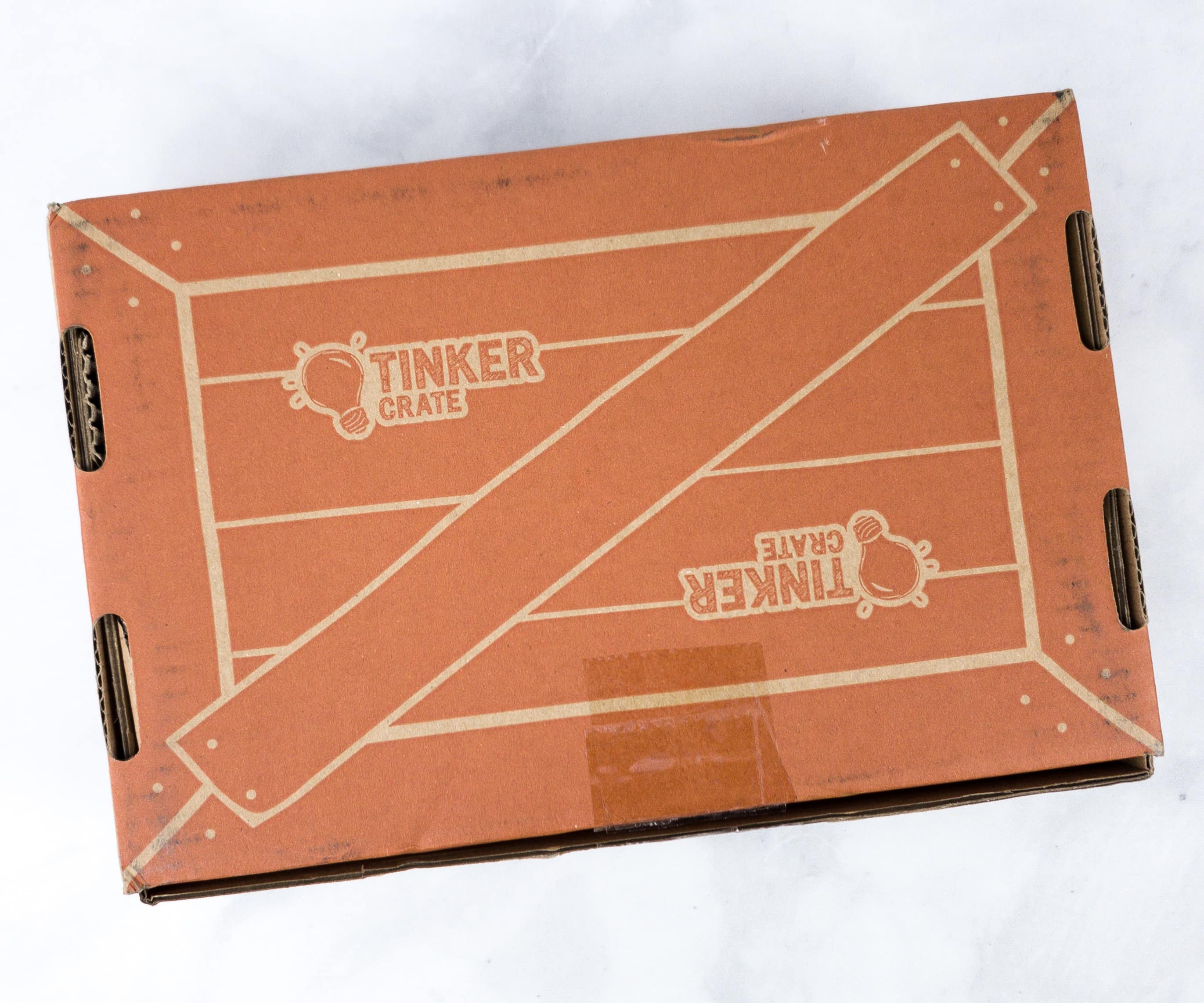
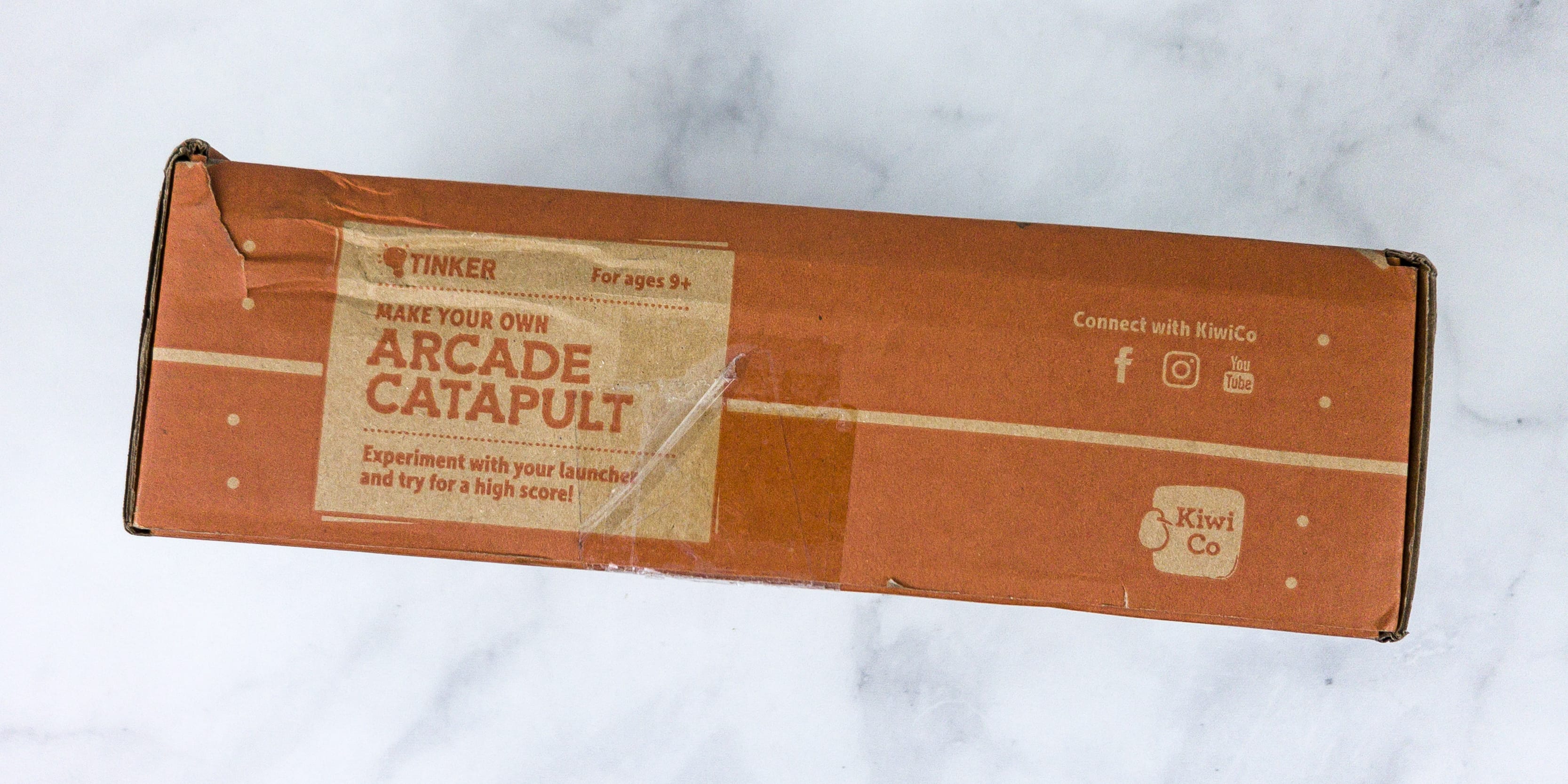
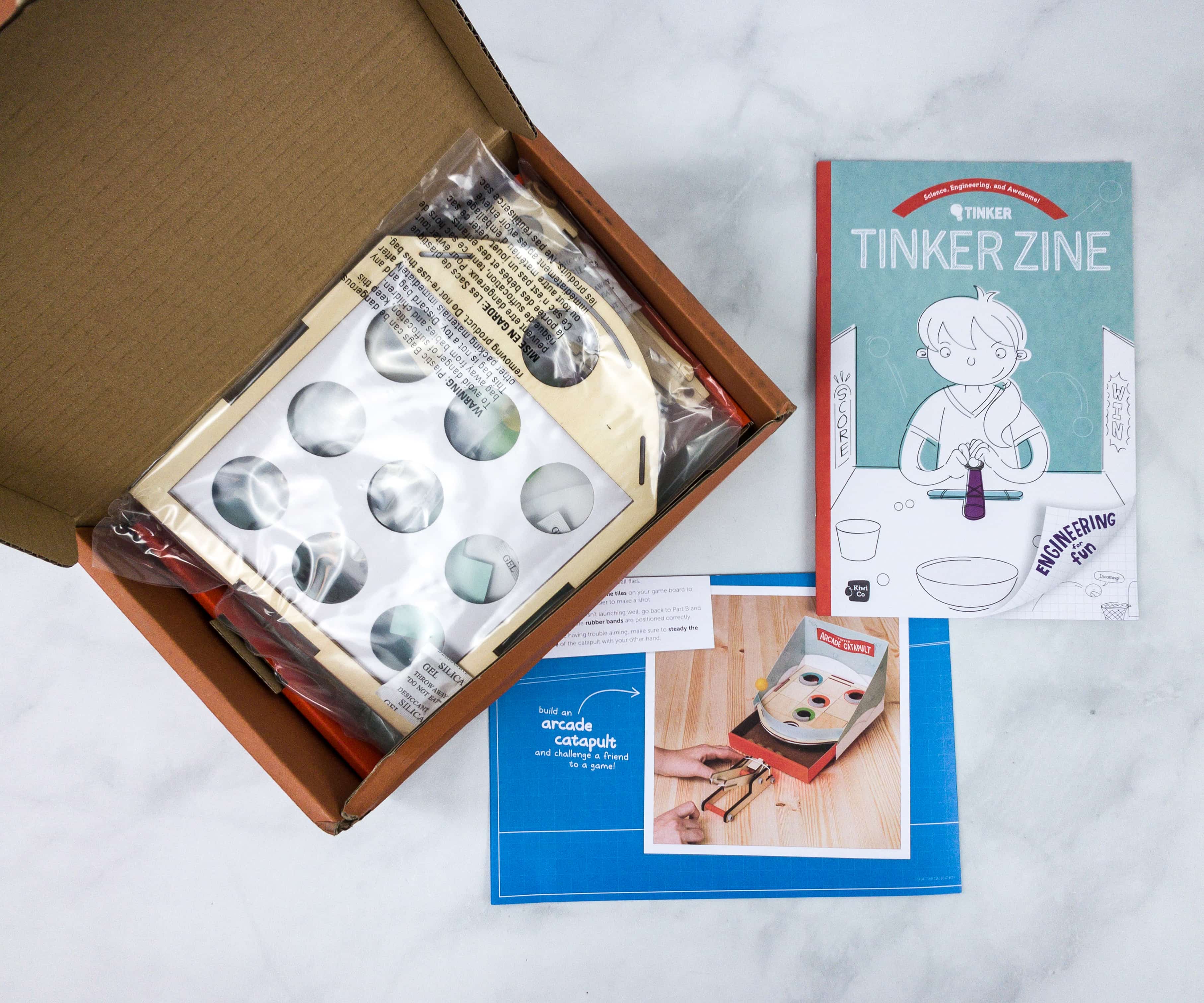
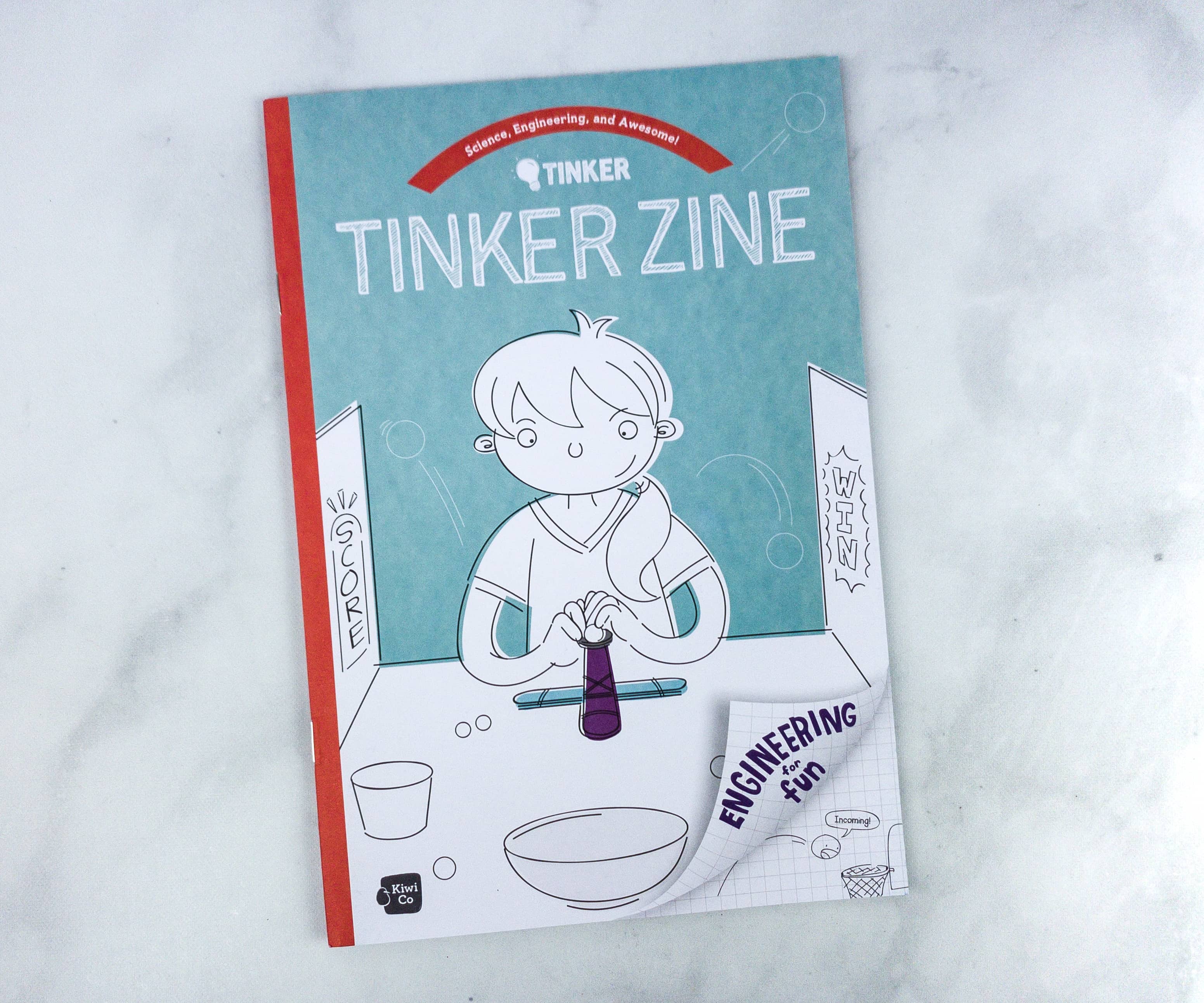

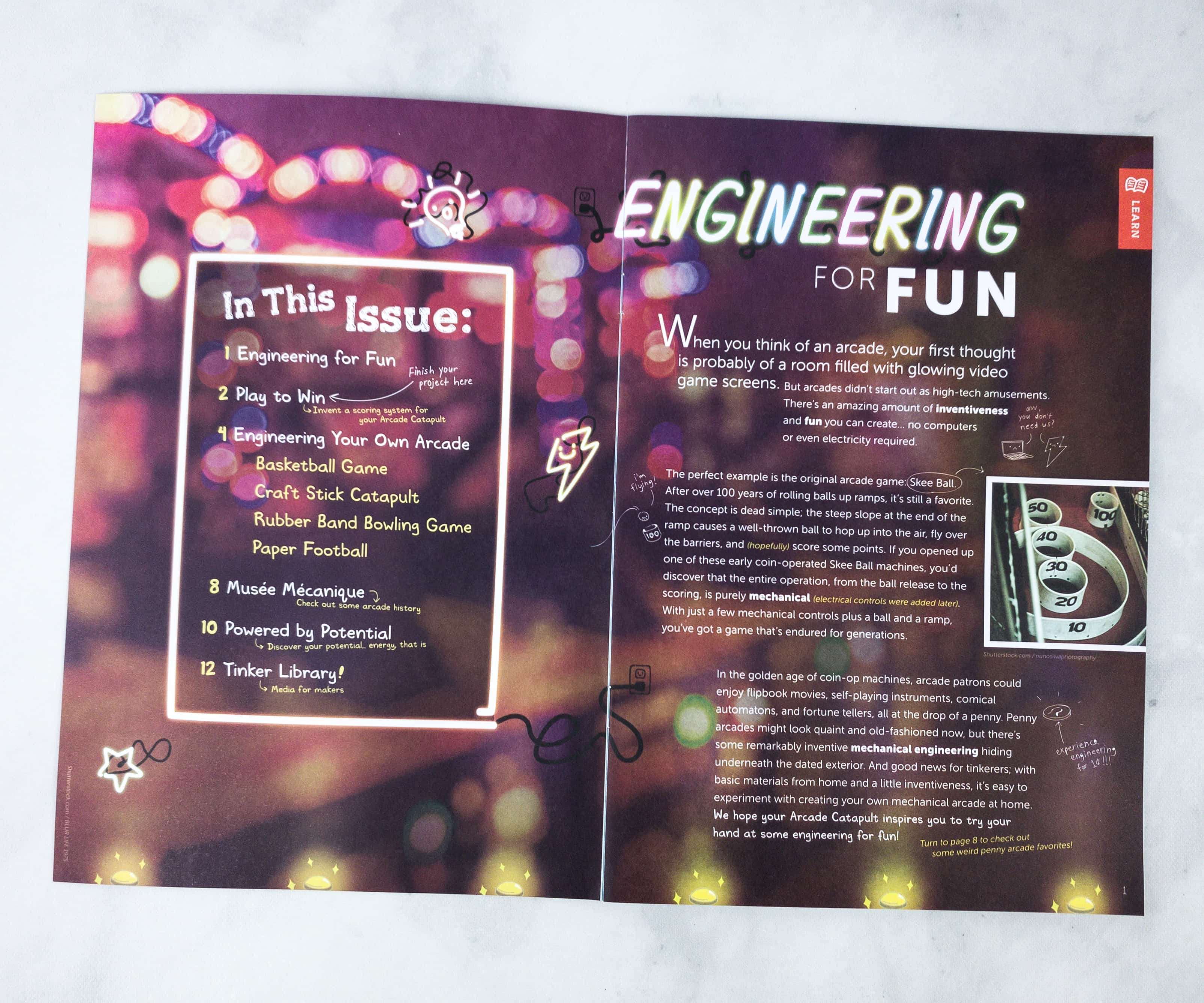
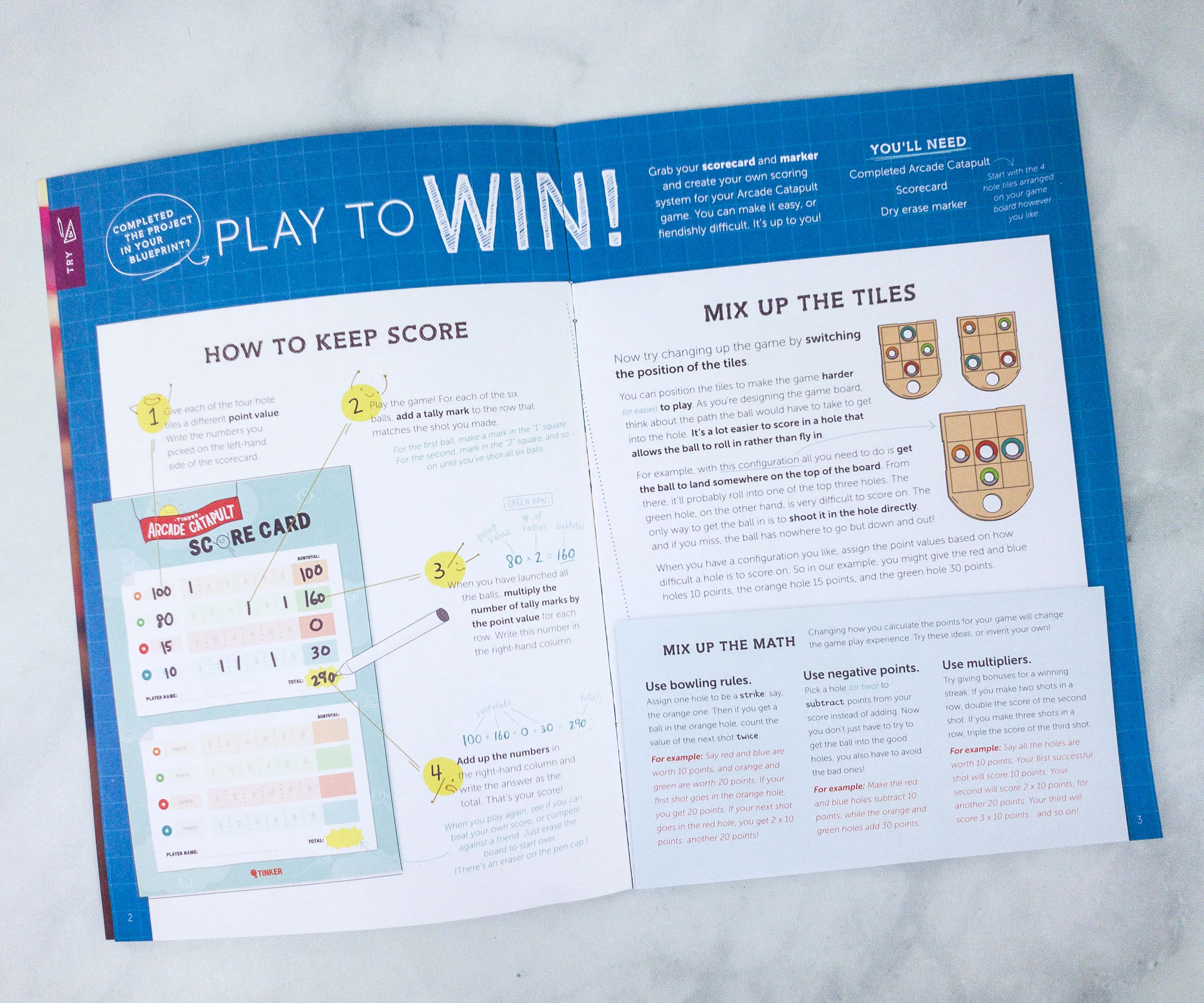
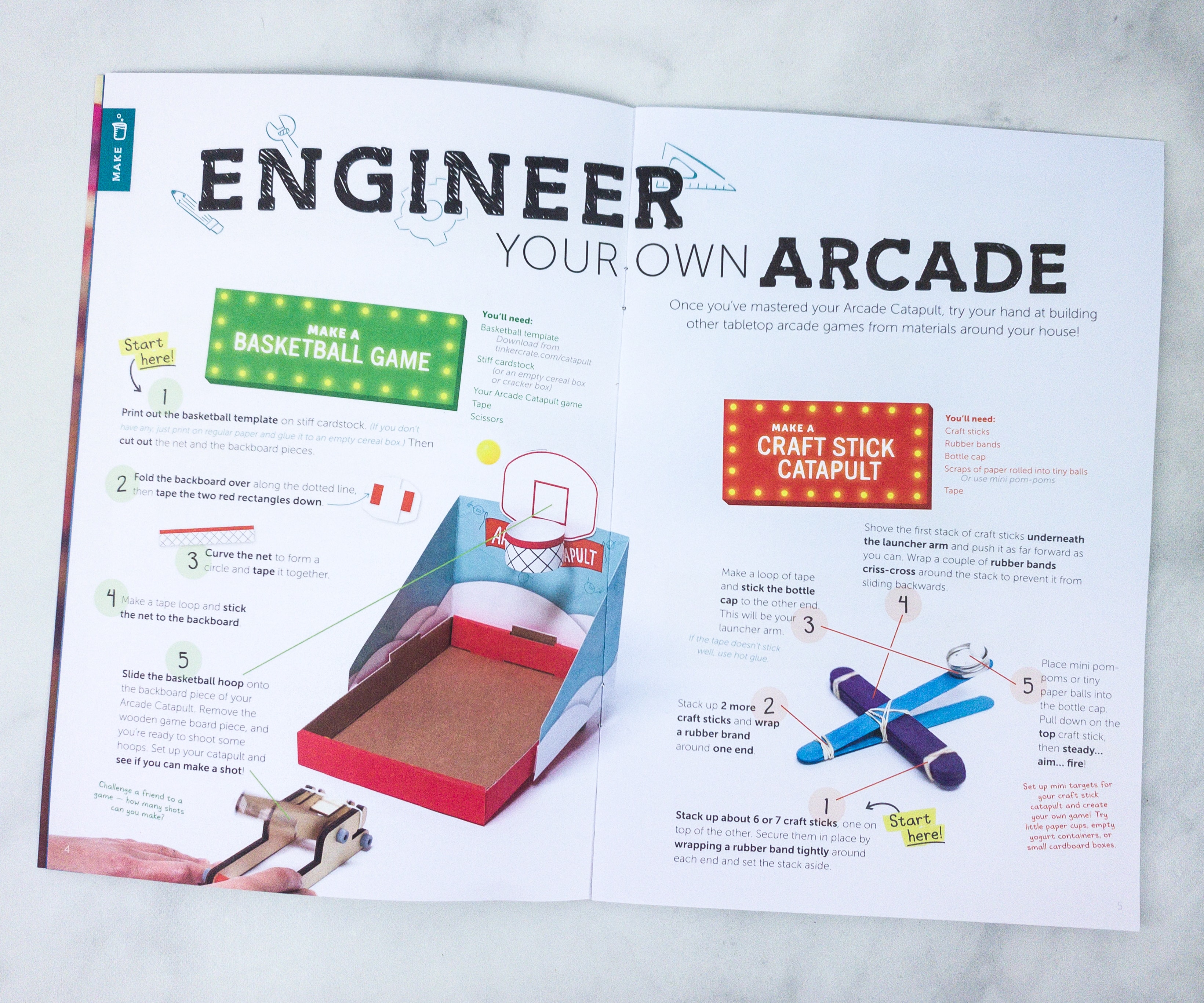
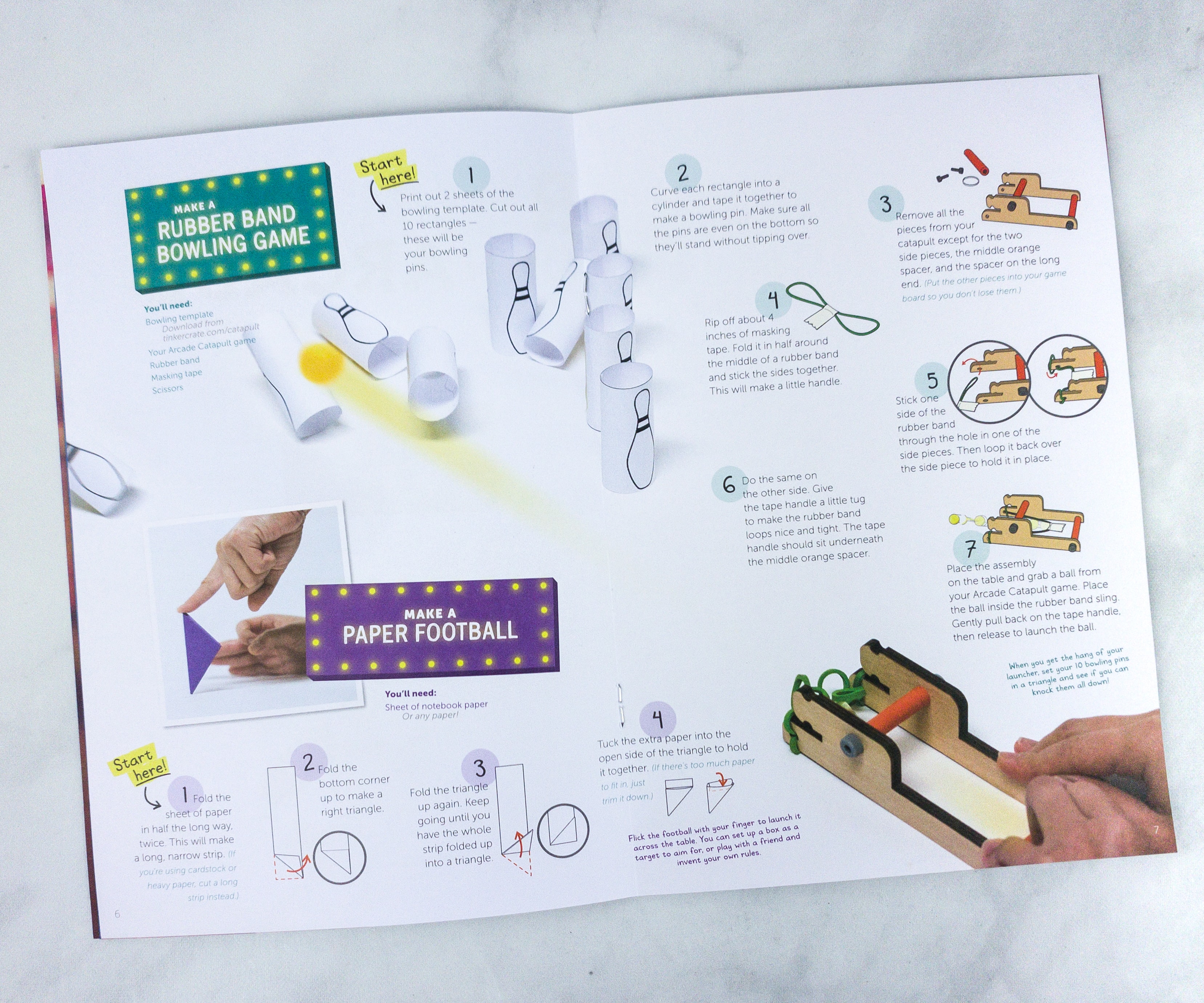

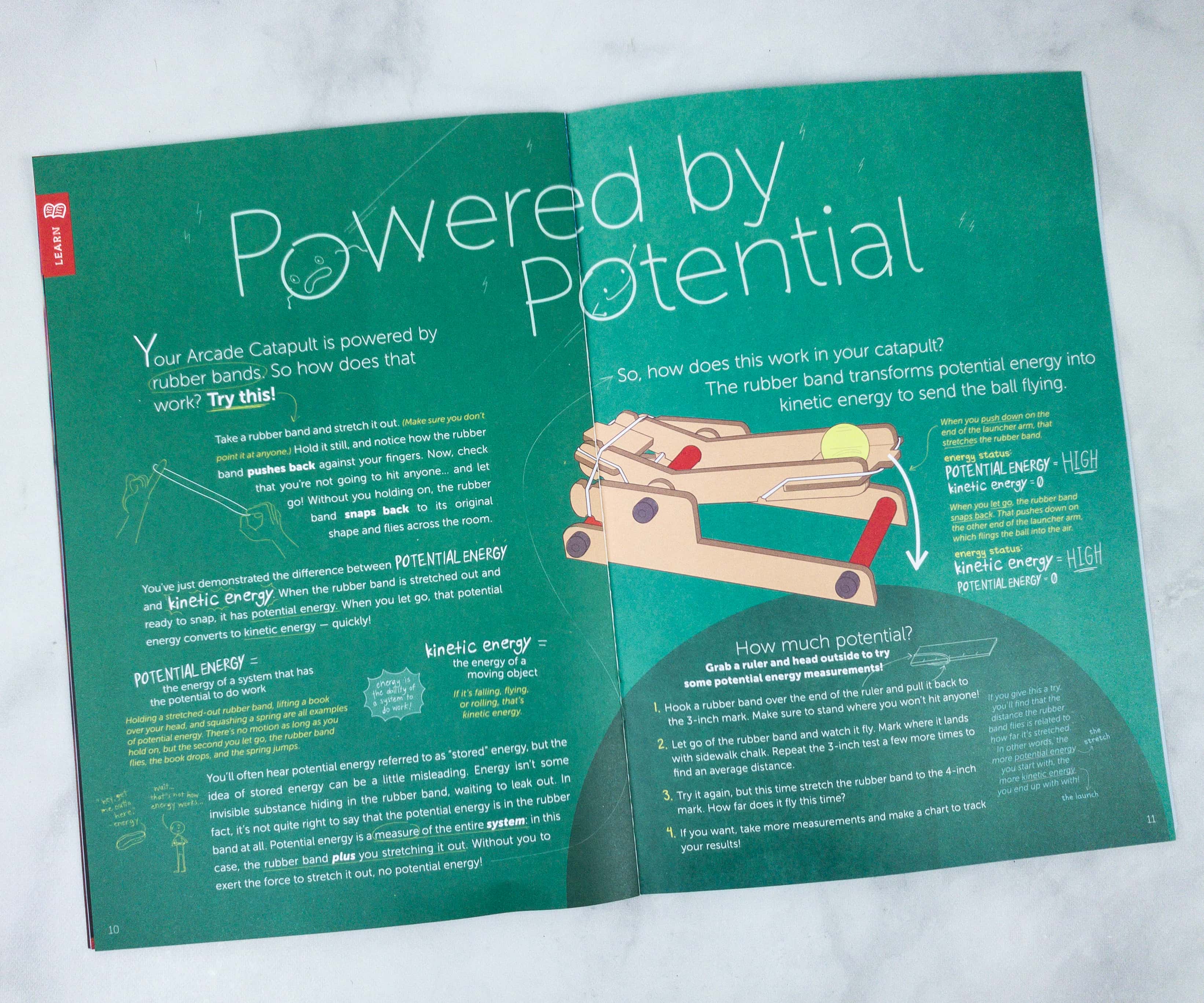

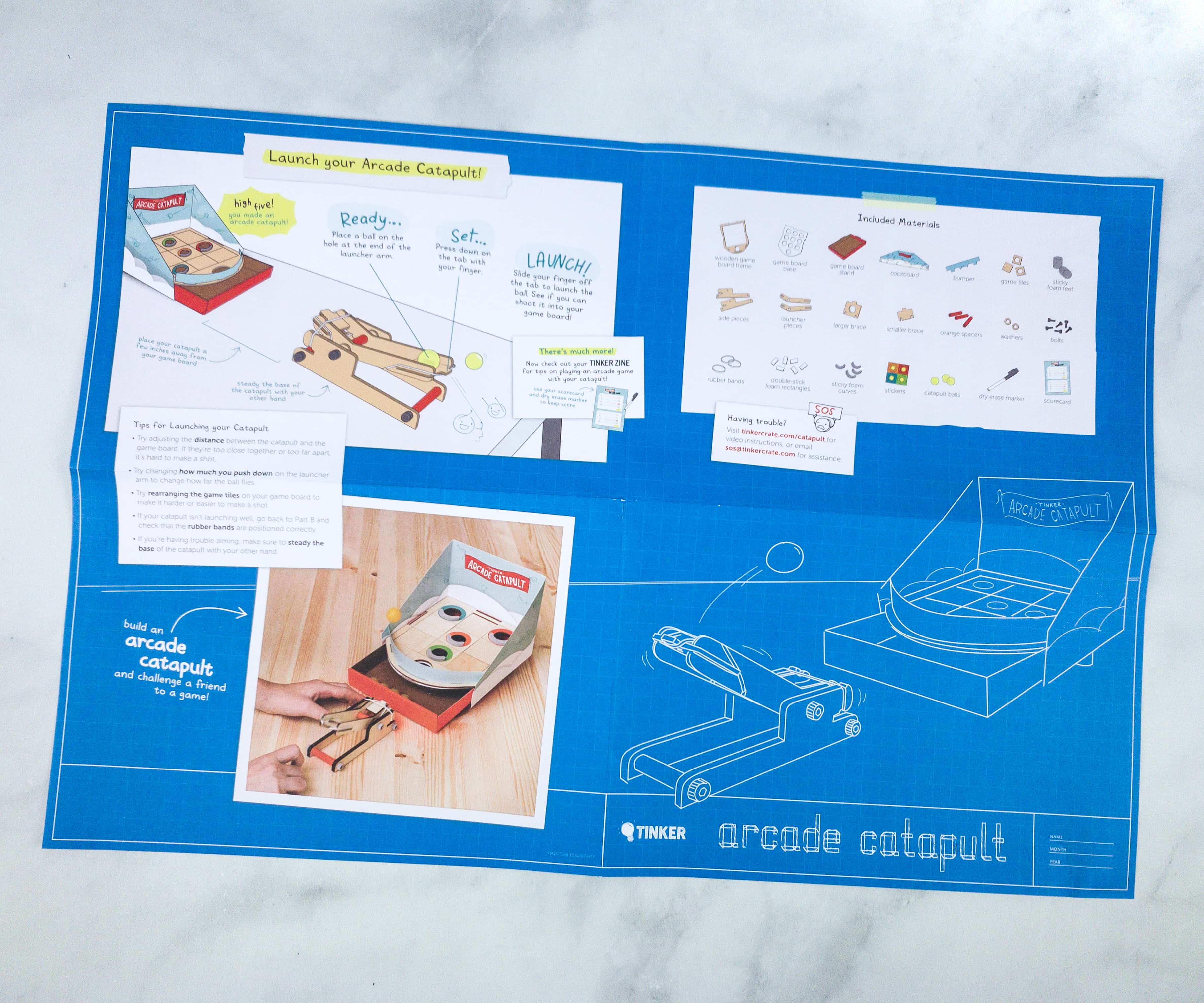

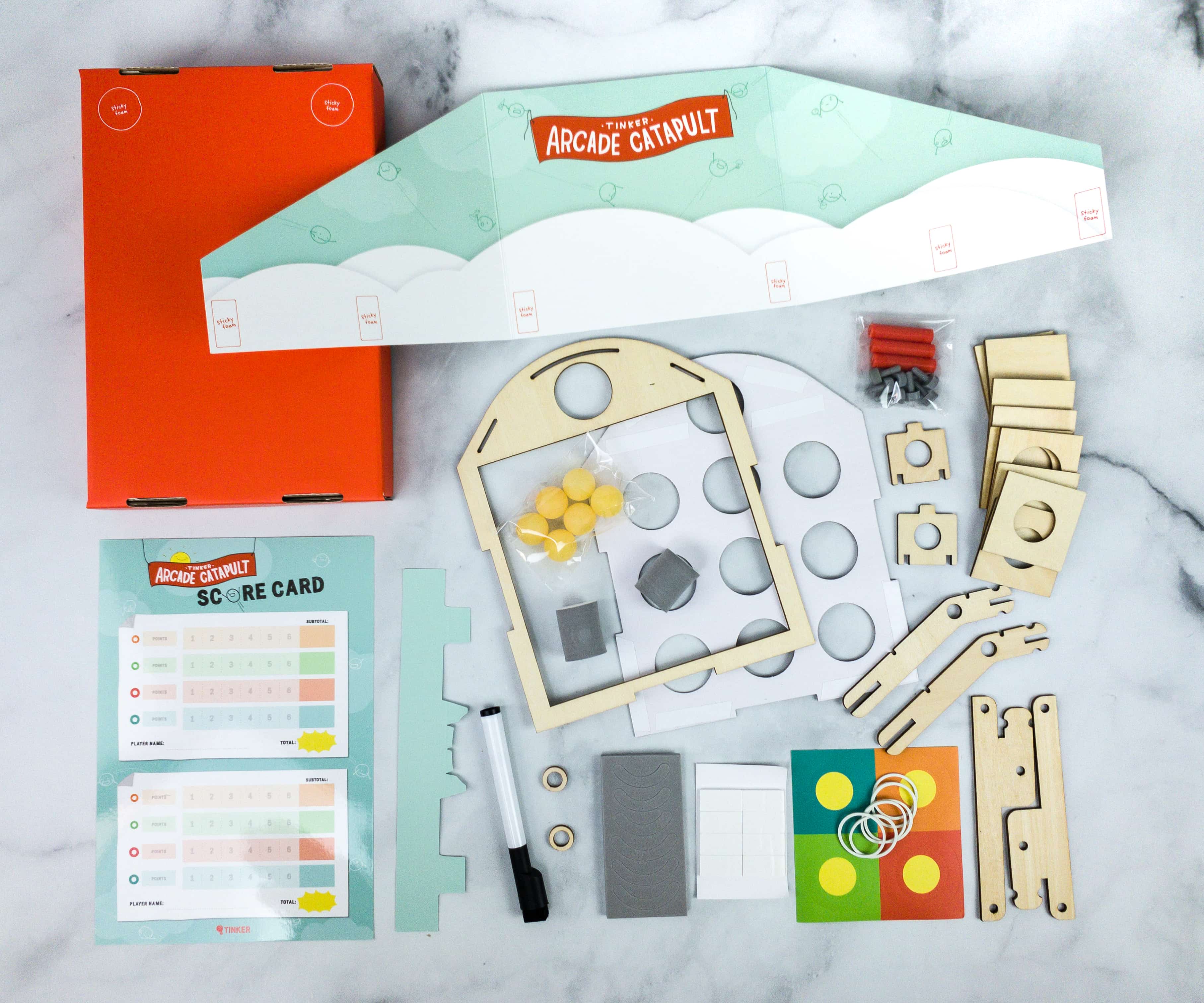
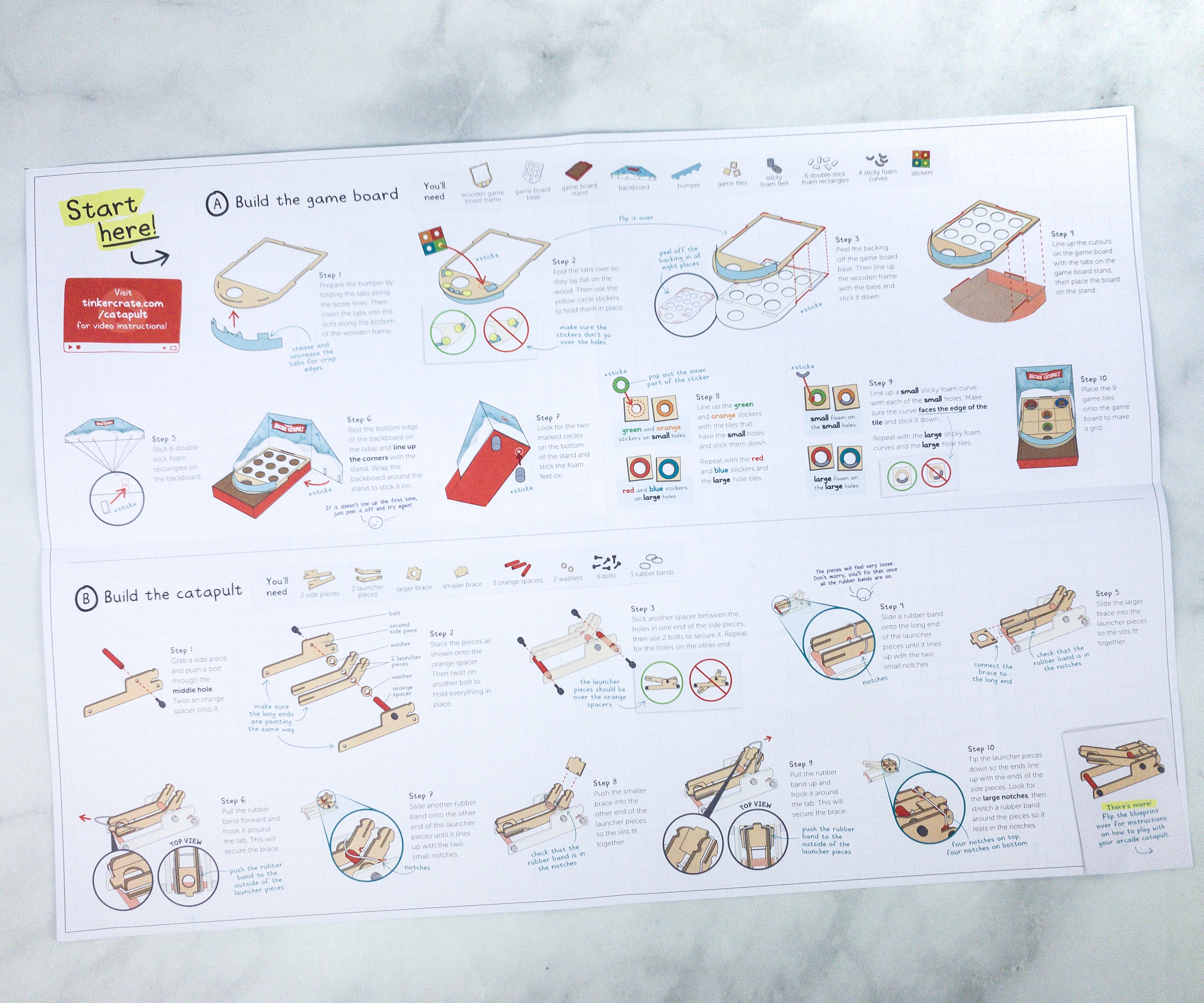
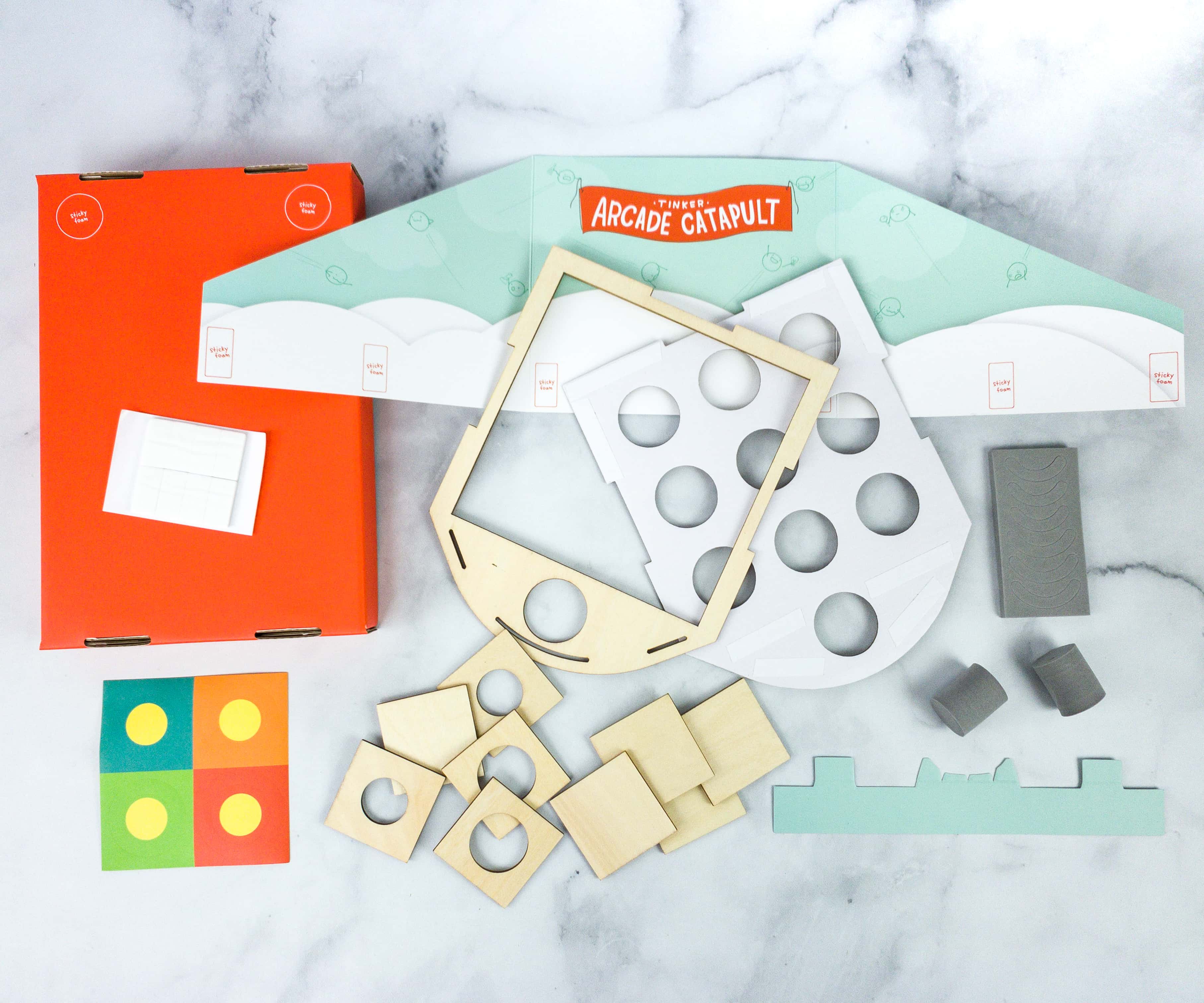
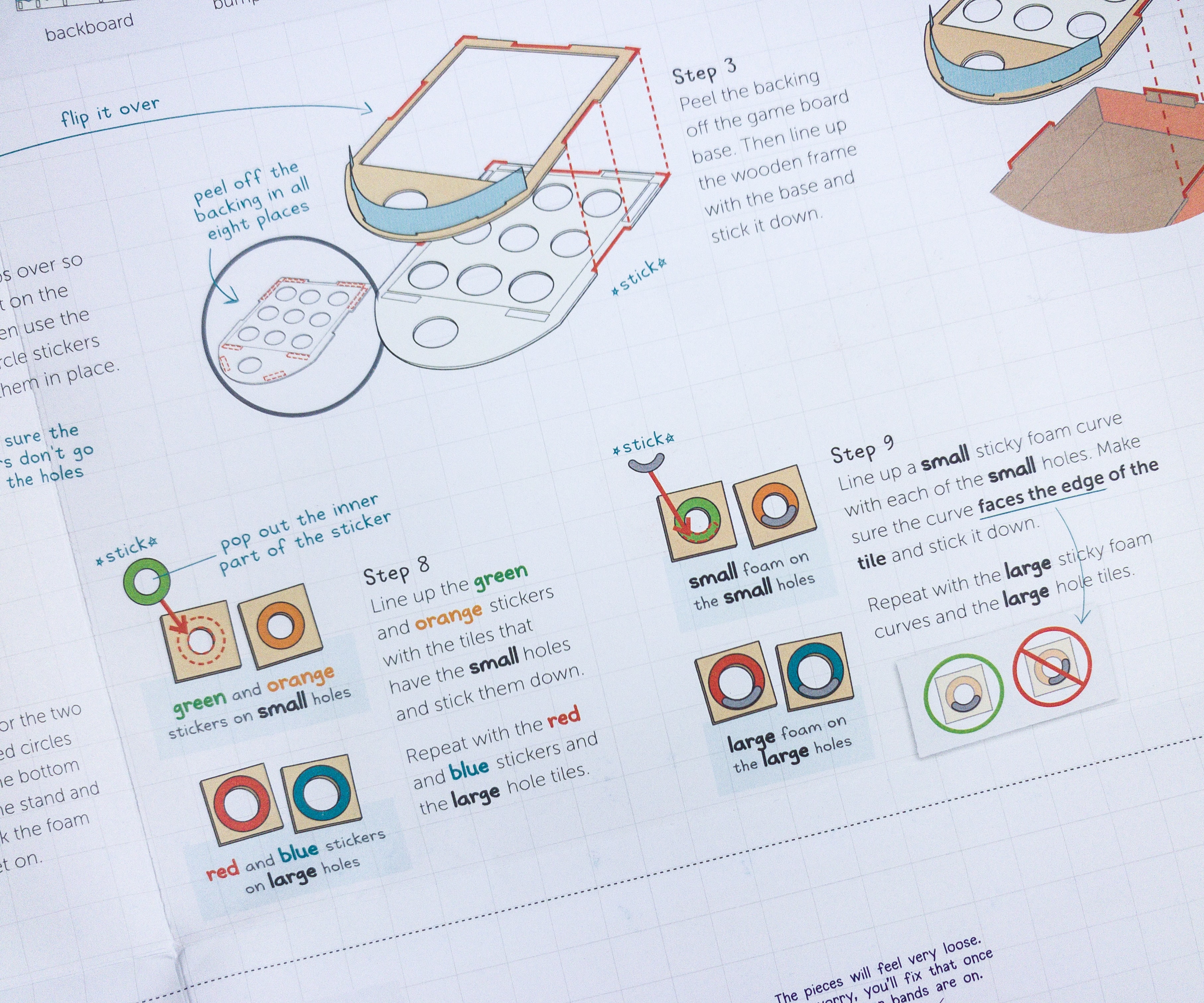
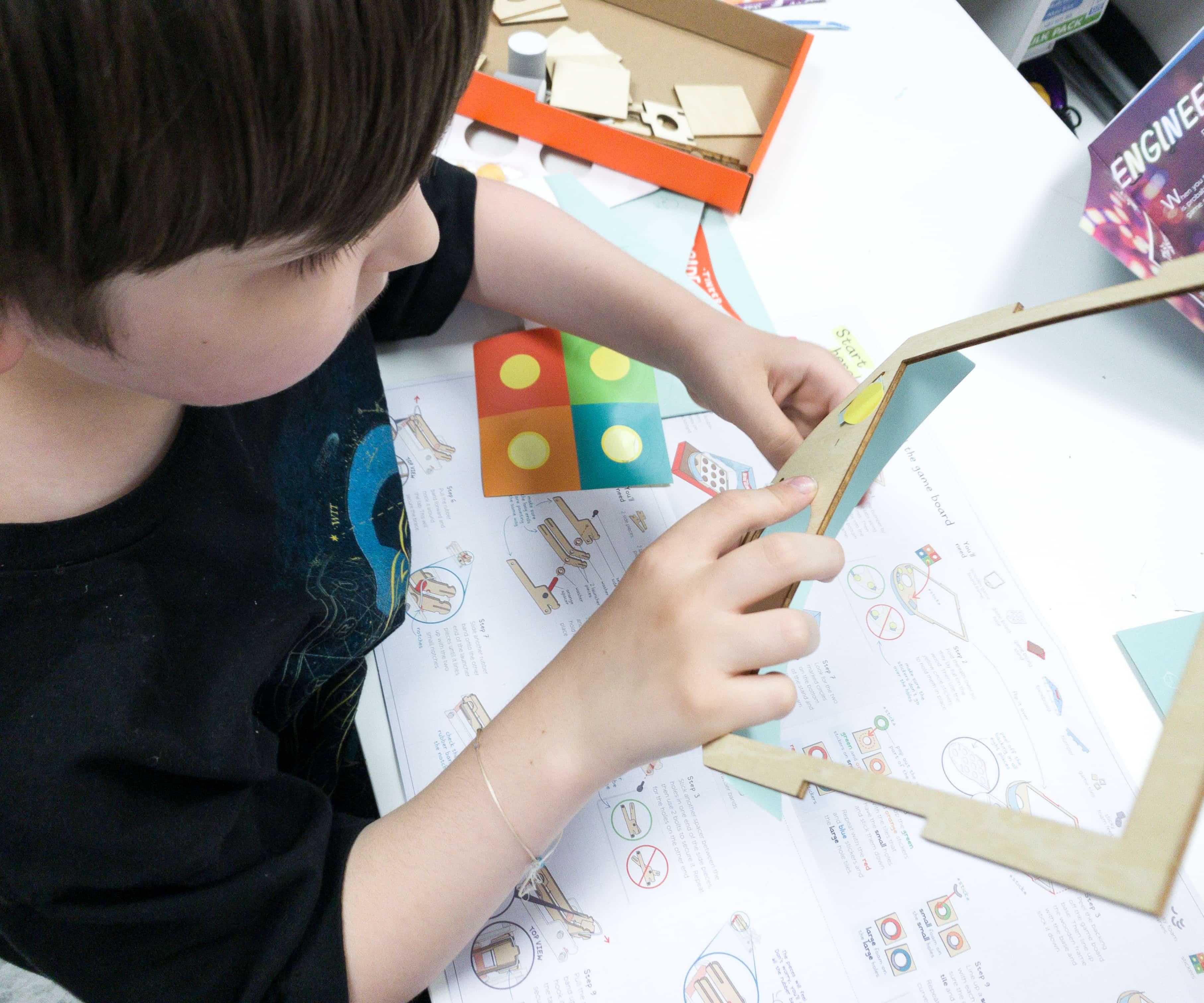
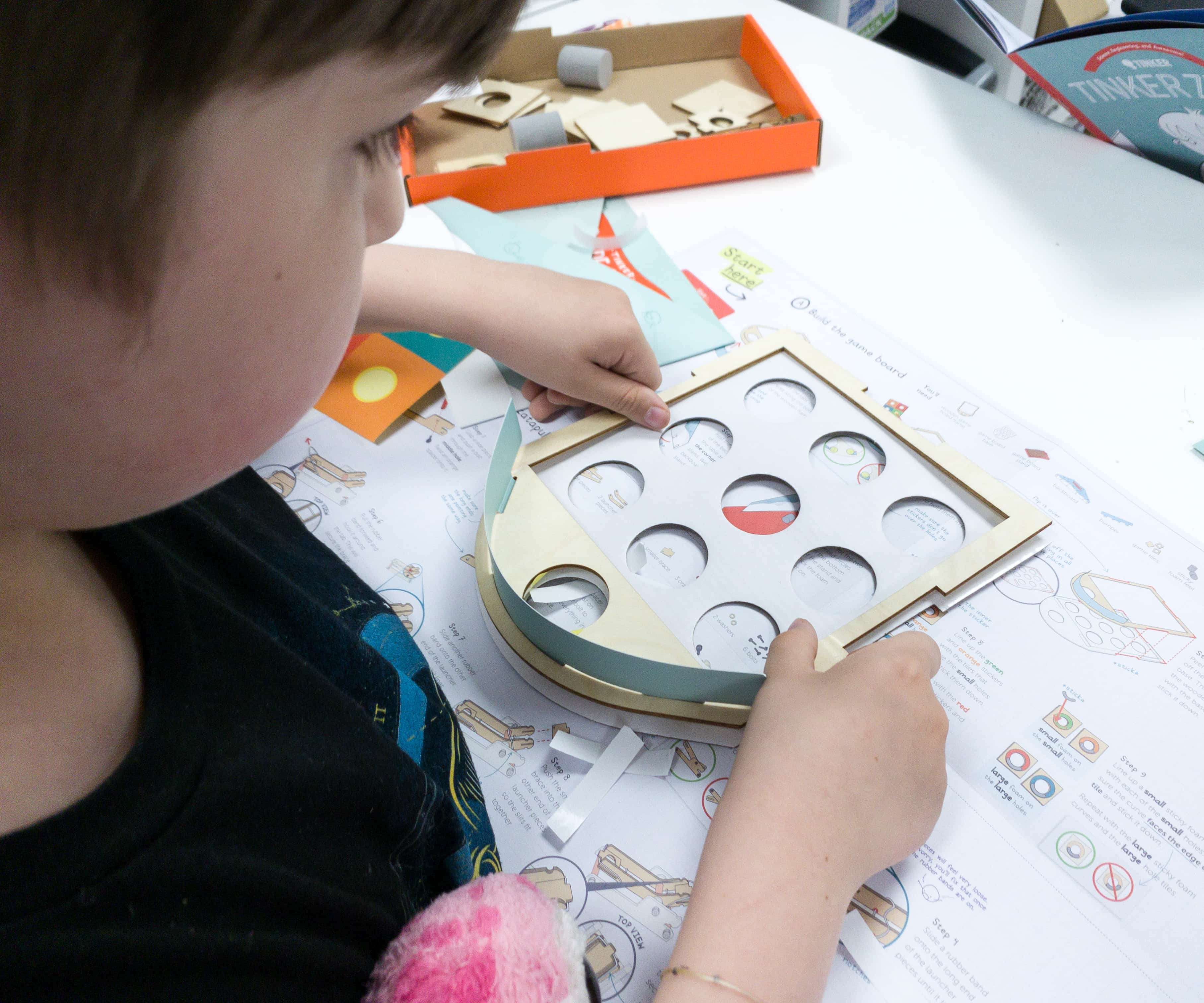
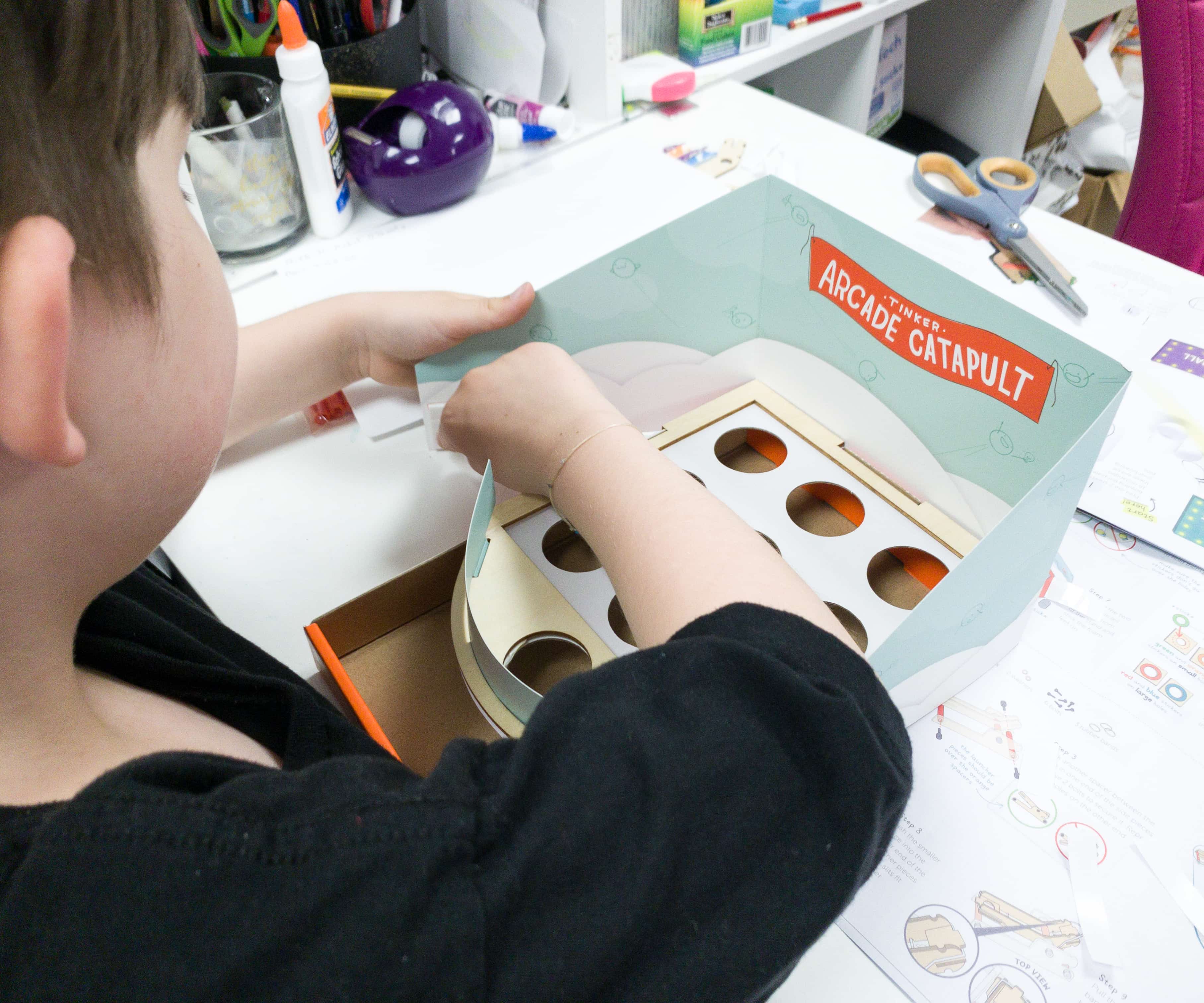
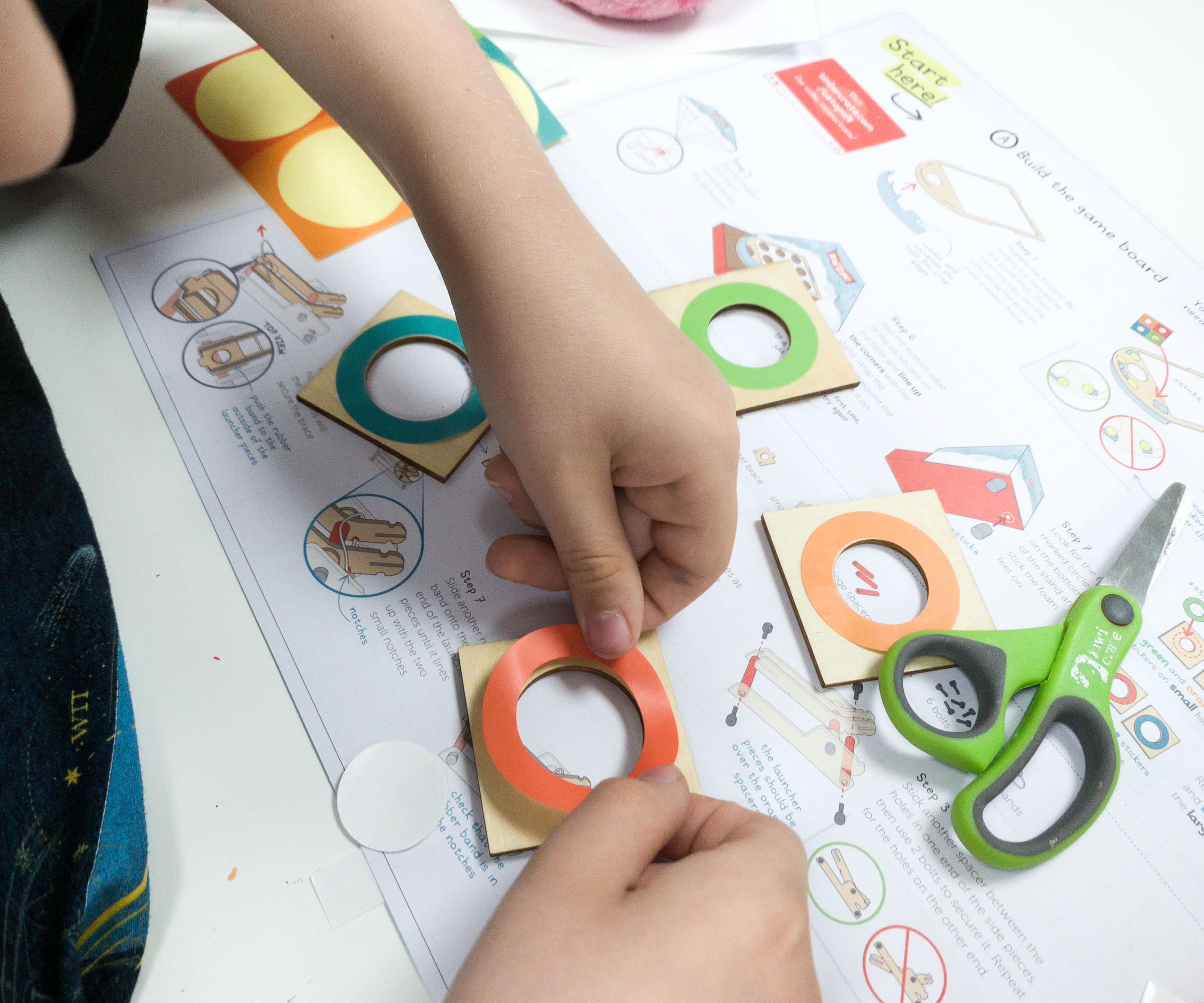

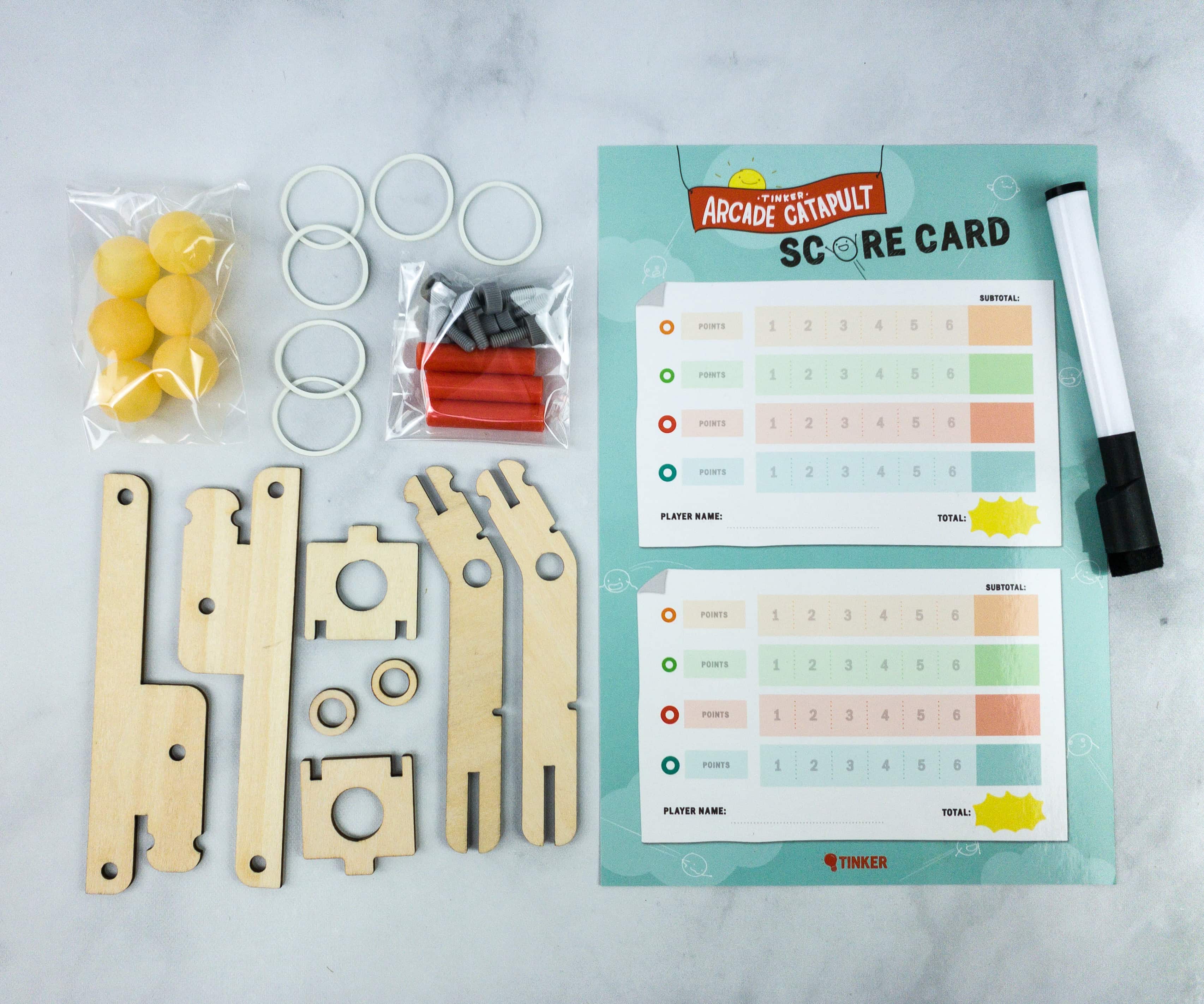

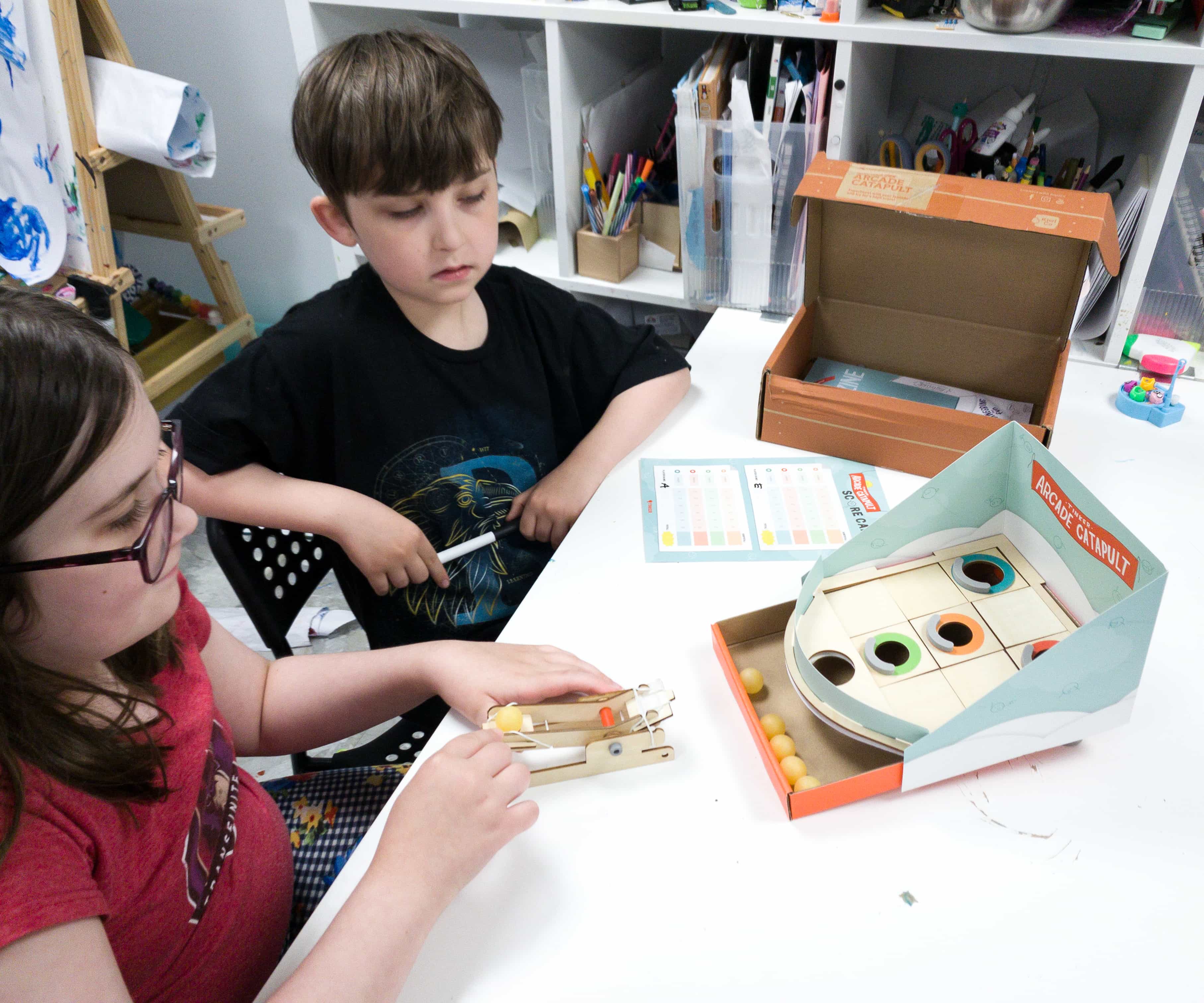

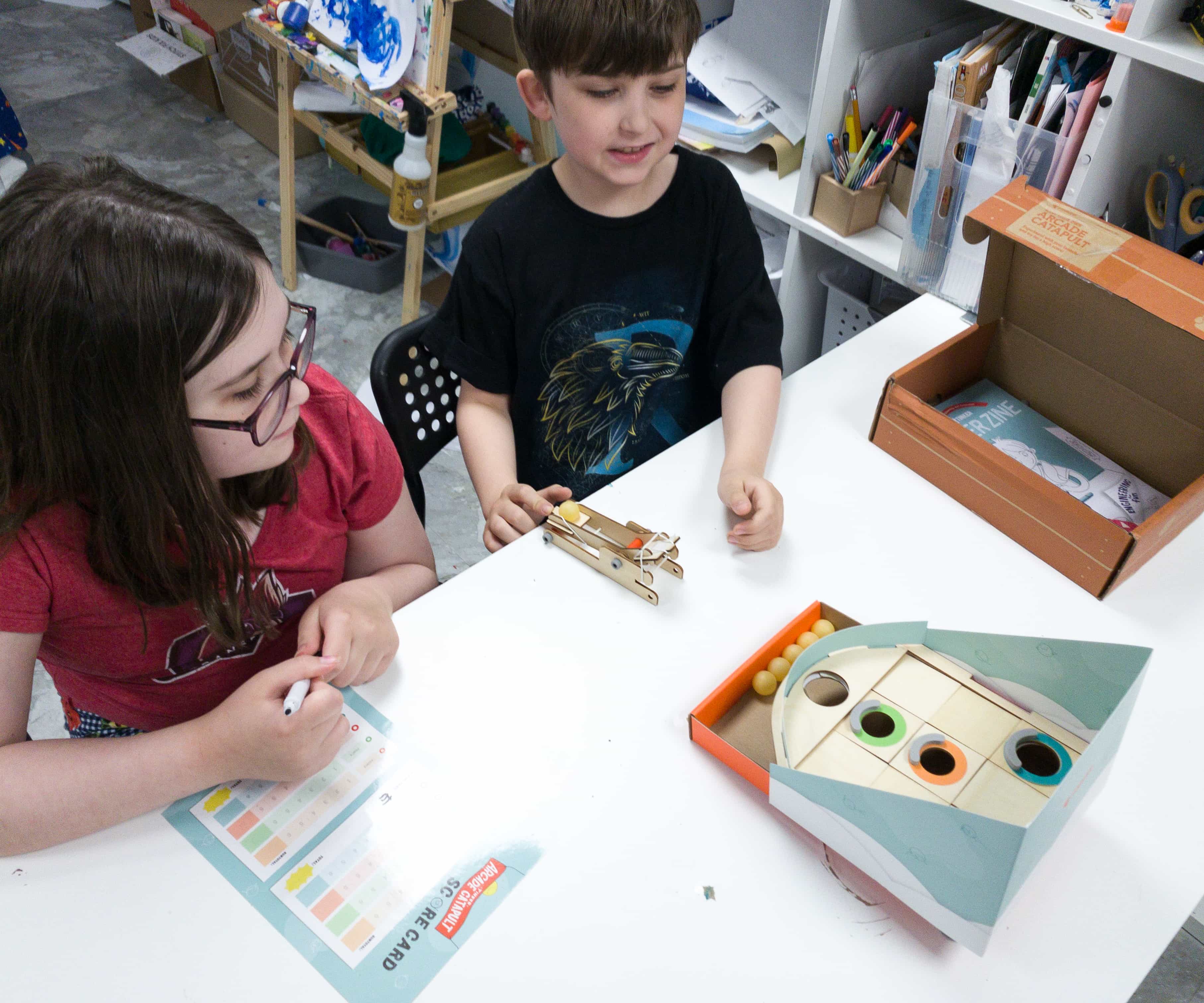
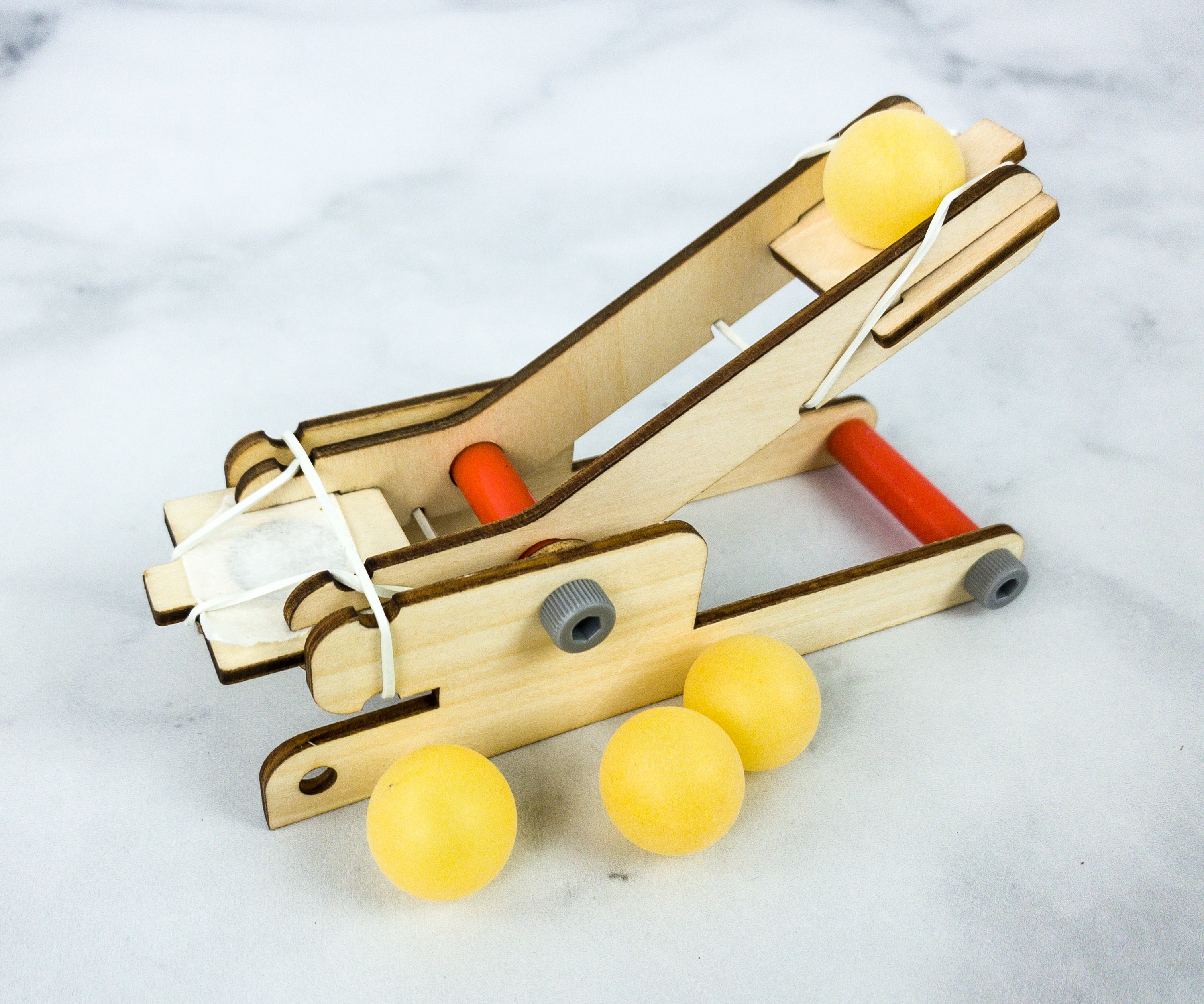
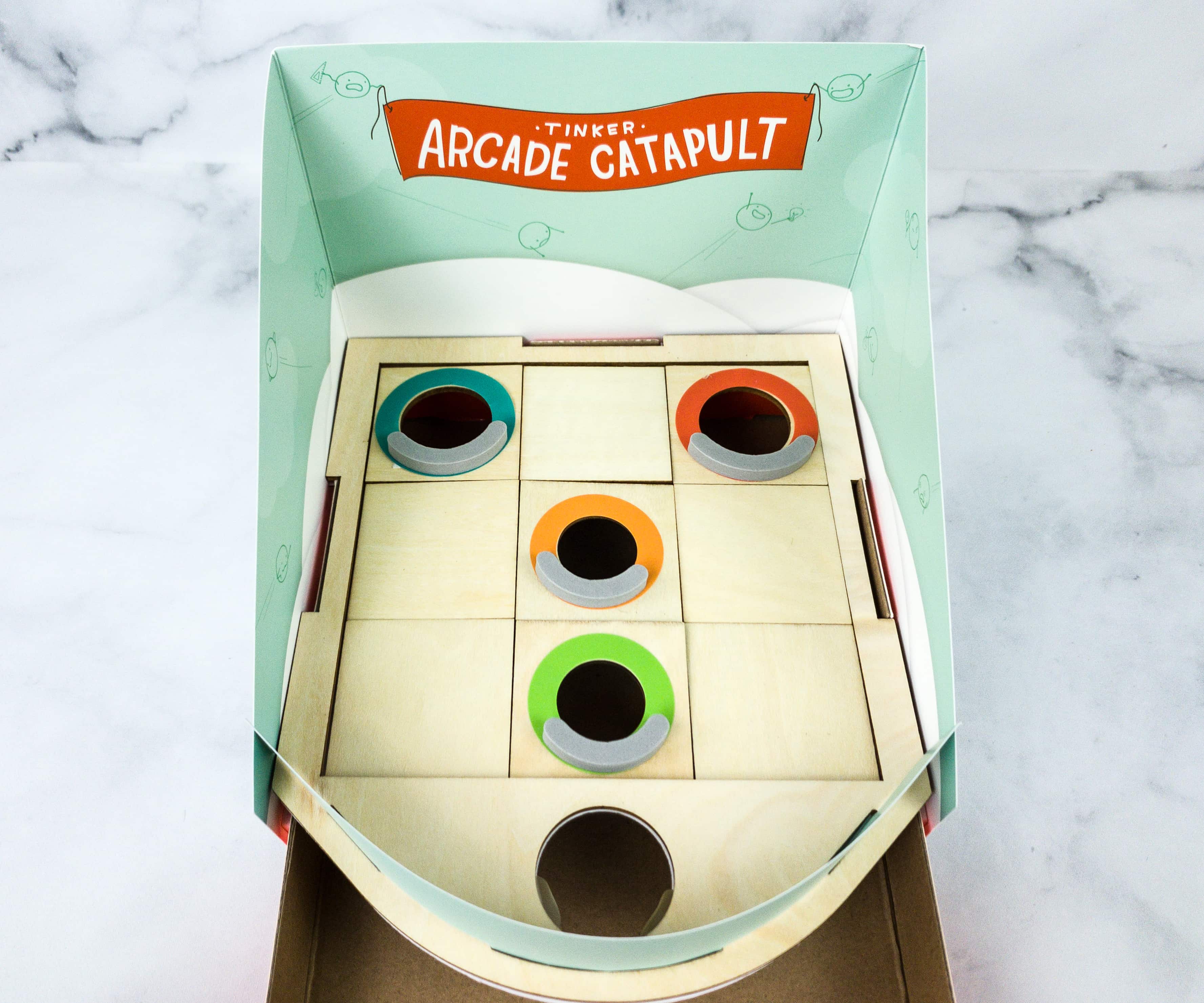
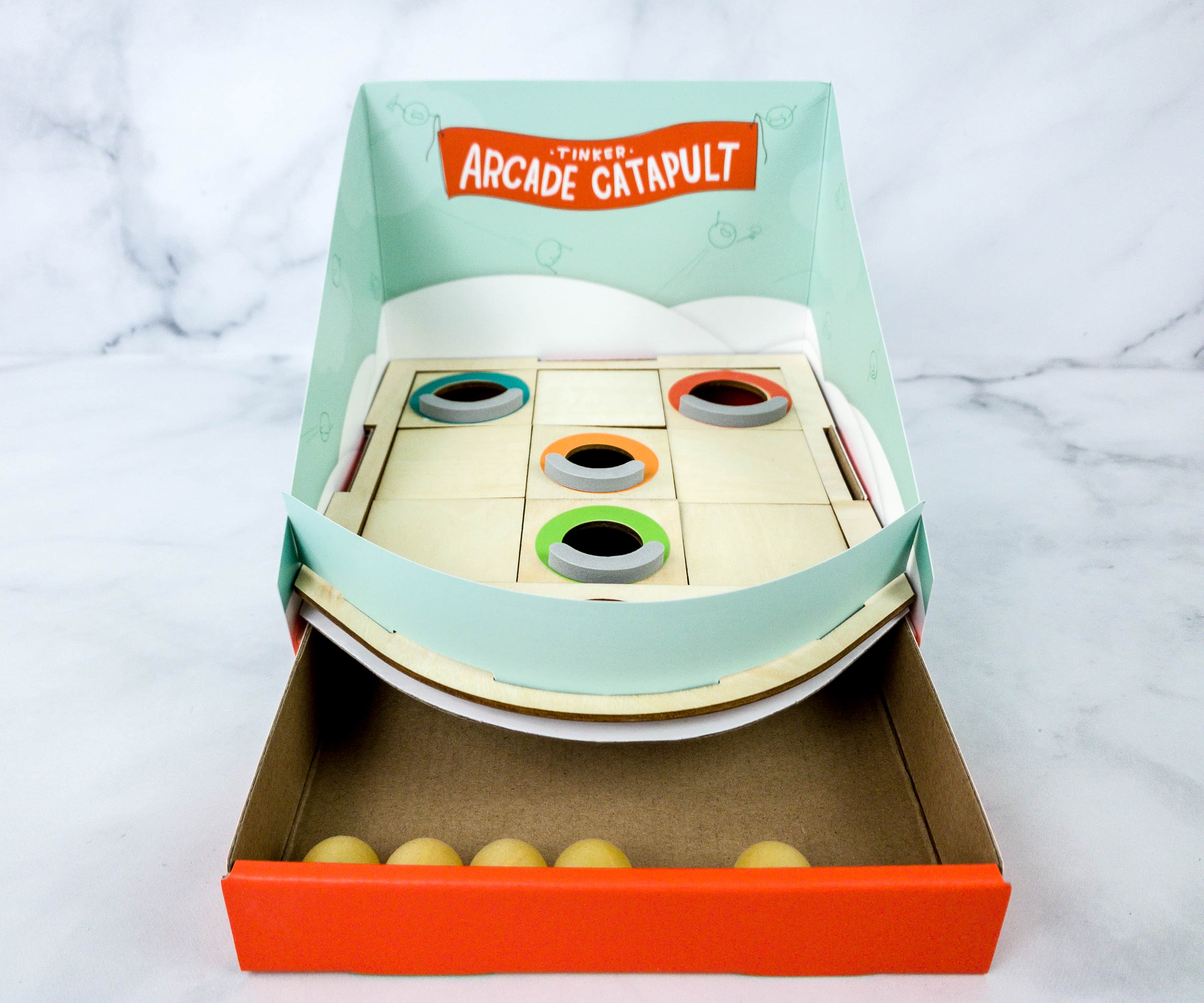
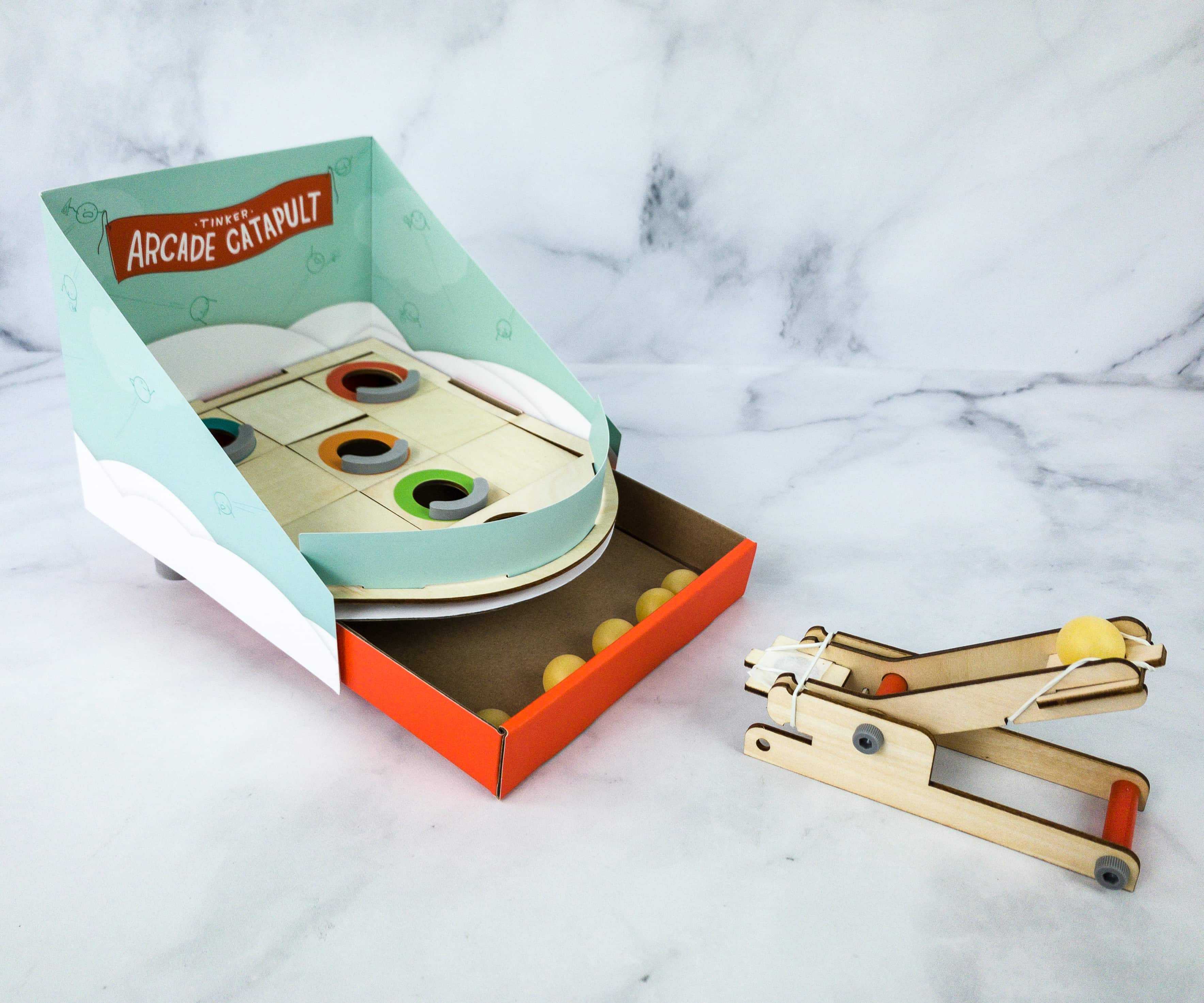
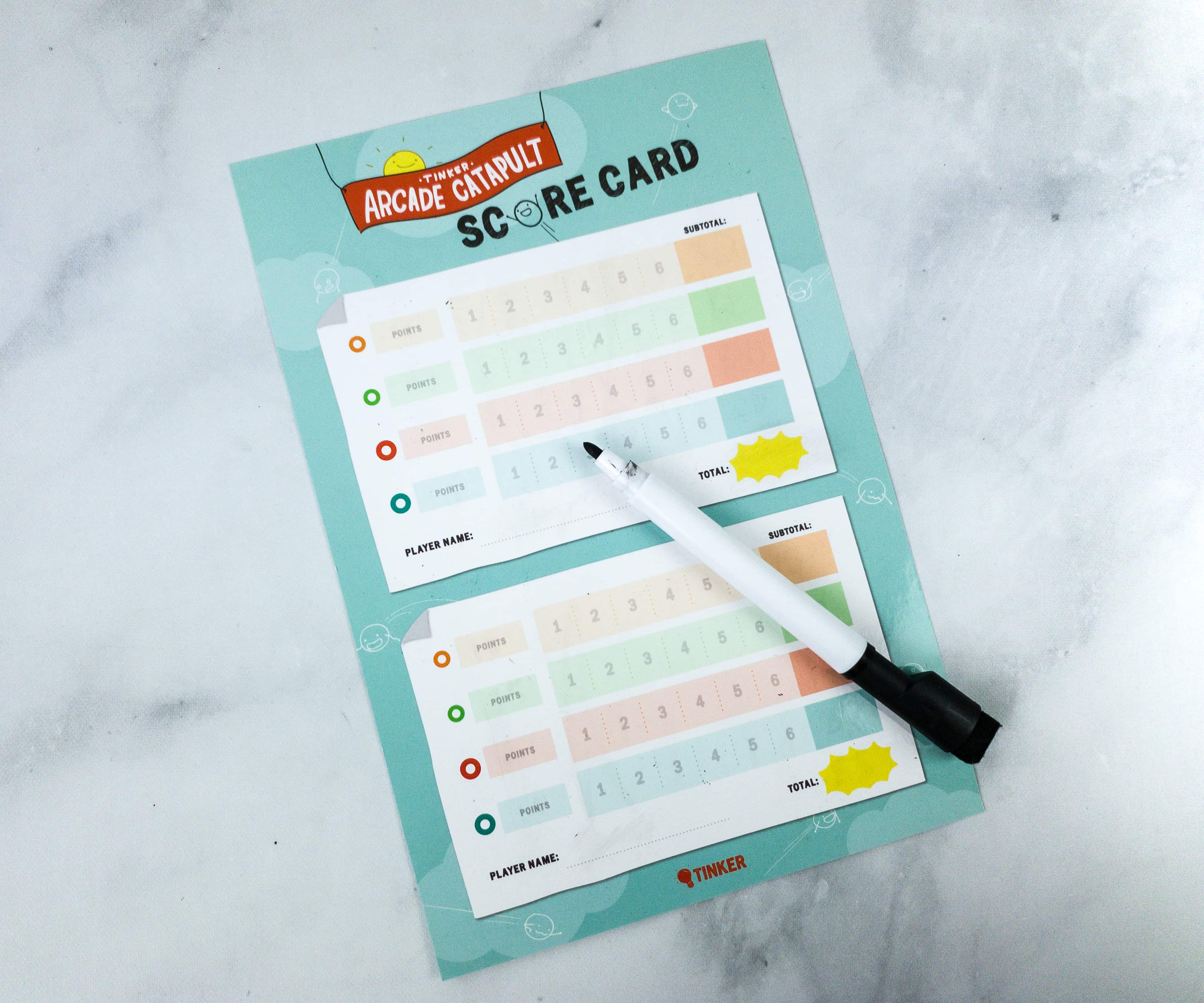
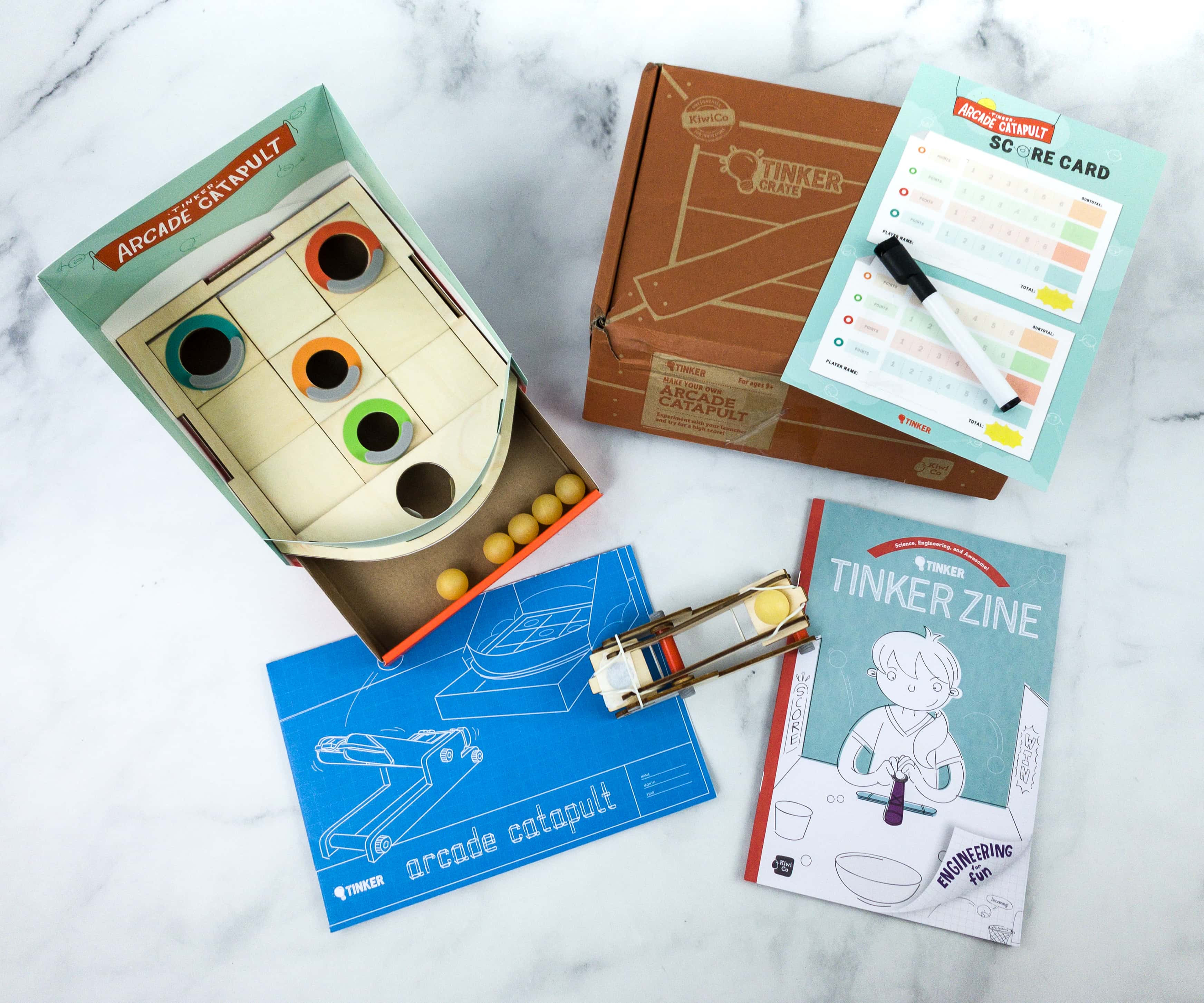
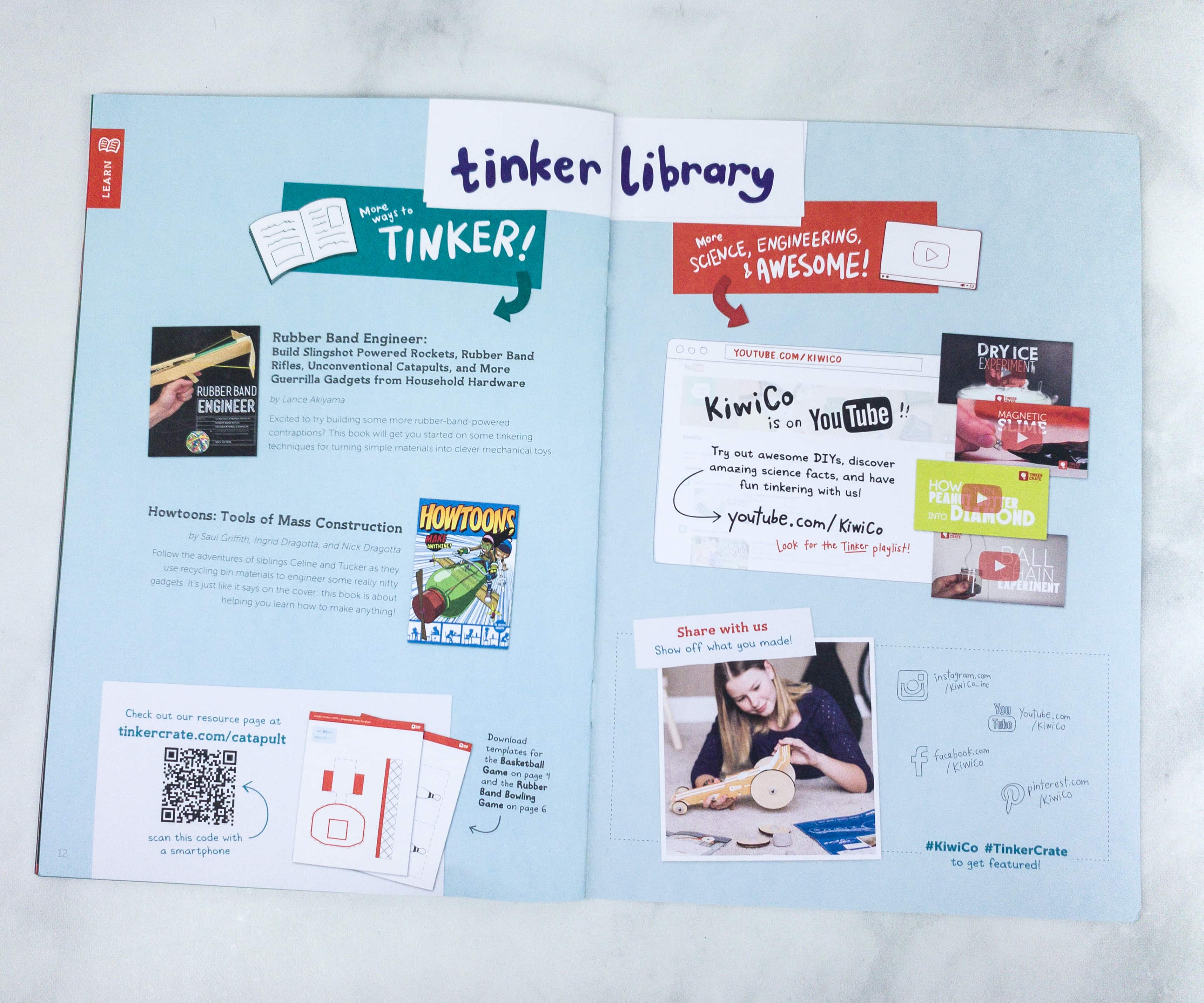




Comments